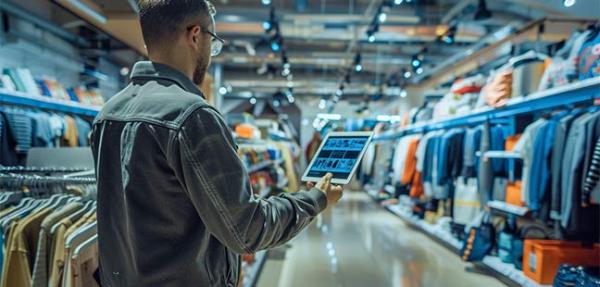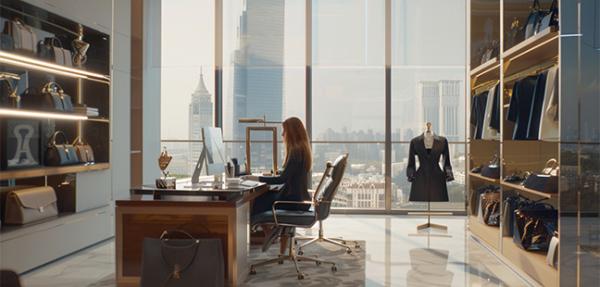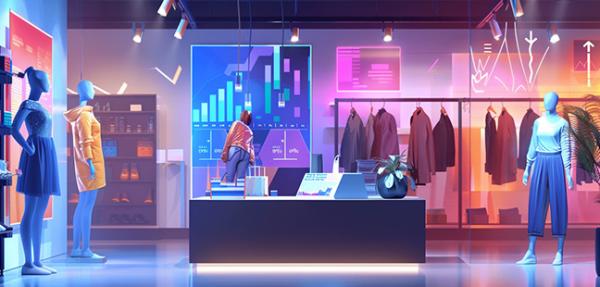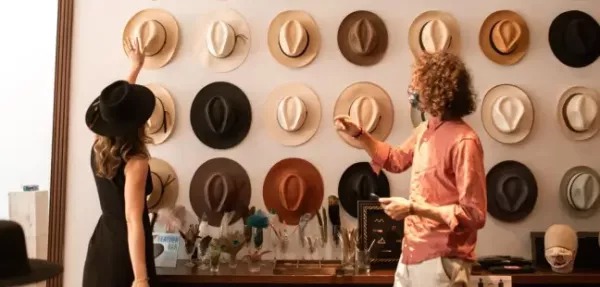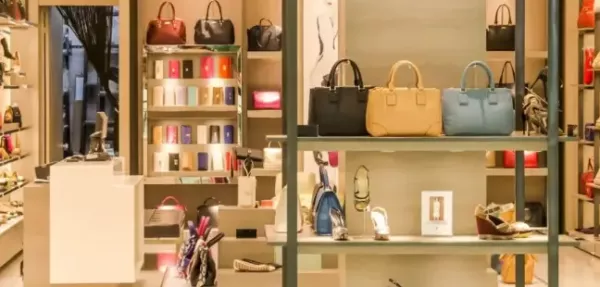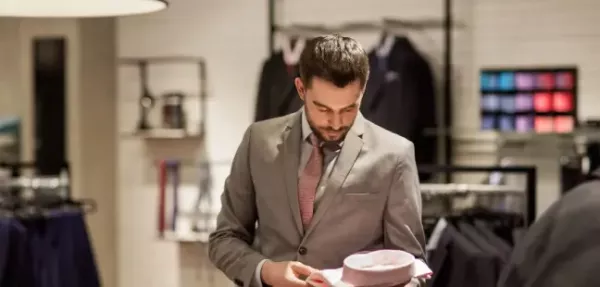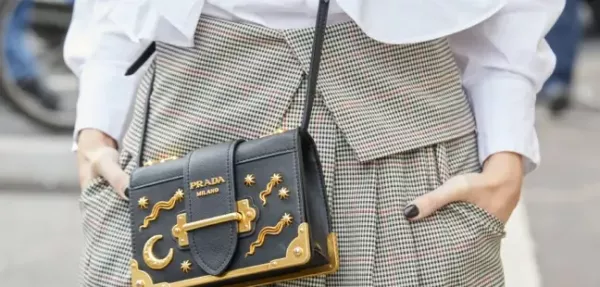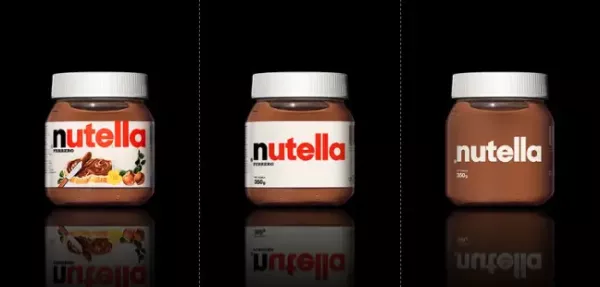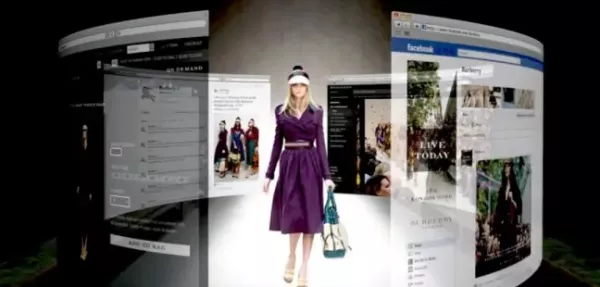Master Visual Merchandising for Retail Success & Brand Growth
- Pearl Academy Editorial Team
- Published 13-Dec-2024
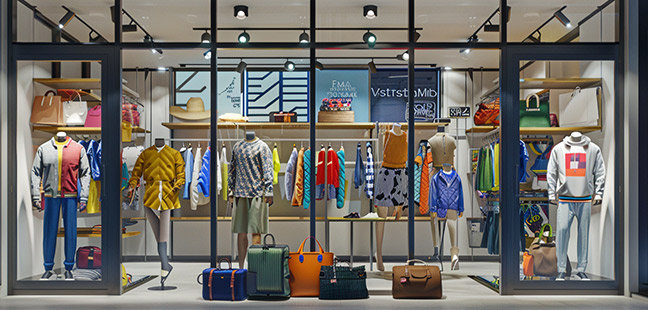
How many different types of Visual Merchandising in retail?
Famously and quite accurately, visual merchandising is called the Silent Salesman. It’s there, casually but consciously displaying the items, attracting sly glances of customers to itself, propelling them to burn a few holes in their pockets. They work every time! And that’s why it’s important to know the ‘why’s’, the ‘how’s’ and the ‘when’s’ of visual merchandising.
Happily so, we bring to you a detailed blog on the concepts, uses, best visual merchandising displays to help you give your store the makeover it needs.
What is Visual Merchandising?
Visual merchandising is the art of creating visually appealing displays that not only attract customers but also drive sales. In the competitive world of retail, store presentation can make or break a brand. This is where visual merchandising comes in—transforming ordinary retail spaces into compelling environments that enhance the customer experience.
Visual merchandising is more than just arranging products on shelves; it’s about crafting a story that reflects the brand’s identity while enticing customers to engage and shop. Effective visual merchandising helps in guiding customers through a seamless shopping journey, creating memorable experiences, and ultimately increasing sales.
With fashion brands constantly evolving, understanding the nuances of visual merchandising is key to staying ahead in the retail industry.
Interesting Facts and Statistics on Visual Merchandising:
- 73% of customers say good visual merchandising makes them more likely to return. (Visual Merchandising & Store Design, 2020)
- 8 out of 10 shoppers base their buying decisions on what they see in-store. (Shop! Magazine, 2019)
- Window displays alone can boost foot traffic by 23%. (VM & Retail Magazine, 2018)
Top Visual Merchandising Display Types
Visual merchandising is a powerful tool that retailers use to enhance the shopping experience and drive sales. By strategically arranging products and displays, businesses can capture customer attention and influence purchasing decisions. This guide explores the top visual merchandising display types that can elevate your retail environment:
Window Displays: Creating First Impressions
Window displays are the face of your store. They are often the first interaction a customer has with your brand, making them crucial for drawing attention and creating intrigue. A well-designed window display tells a story, often reflecting seasonal themes, new arrivals, or promotional offers.
Pro Tip: Use bold, creative designs and strategic lighting to ensure your window display stands out and captures the attention of passersby.
Point of Purchase (POP) Displays: Driving Impulse Buys
POP displays are strategically placed near checkout areas to encourage last-minute purchases. Whether it’s small accessories, cosmetics, or promotional items, these displays are designed to tempt shoppers to make impulse buys as they check out.
Best Practice: Use limited time offers and exclusive promotions on your POP displays to create urgency and excitement.
Mannequin and Standalone Product Displays: Showcasing Styles
Mannequins are essential in fashion retail for showcasing outfits and how they can be styled. Standalone product displays, on the other hand, focus on individual items that deserve extra attention, like bestsellers or new collections.
Using mannequins in displays can bump up sales by 66%. (National Retail Federation, 2018)
Pro Tip: Arrange mannequins in relatable scenarios (such as a "day at the beach" or "office chic") to help customers visualize themselves wearing the products.
Shelving and Rack Displays: Organizing with Purpose
Effective shelving and rack displays can transform your store’s layout, making it easy for customers to browse and find products. Organizing products by color, style, or category ensures customers can seamlessly navigate the store.
Best Practice: Ensure that the top-selling or trendiest items are at eye level. Group similar items together to create visual harmony and encourage additional purchases.
Interactive Displays: Engaging the Customer
In today's tech-driven world, interactive displays are becoming increasingly popular. These include touchscreens, virtual try-on systems, or immersive product displays that engage customers on a deeper level.
Displays appealing to multiple senses can increase sales by 17%. (Marketing Week, 2018)
Pro Tip: Invest in technology that enhances the shopping experience, such as augmented reality mirrors that allow customers to "try on" clothes without physically wearing them.
Visual Merchandising for E-Commerce: A Digital Approach
While physical stores rely on visual merchandising, the same principles apply to e-commerce platforms. Online retailers must focus on high-quality product images, clean layouts, and intuitive navigation to guide the customer through their digital shopping experience.
Best Practice: Use large, high-resolution images that clearly showcase product details. Additionally, create a visually appealing and easy-to-navigate homepage that mimics the structure of an in-store display.
Quick Visual Merchandising Displays’ Tips to Keep in Mind:
- To increase sales, keep products in well-lit displays. They are perceived to be 20% more valuable.
- Choose complementary colours in displays to increase sales by 35%. (Colour Marketing Group, 2019)
- Make sure to use Humour in visual merchandising. They can increase brand affinity by 18%. (Condé Nast, 2020)
- Give Personalised product recommendations within displays to increase conversion rates by 30%. (McKinsey & Company, 2019)
Career Opportunities in Visual Merchandising and Fashion Business
The retail and fashion industries are evolving, and visual merchandising plays a critical role in defining the future of shopping. By pursuing a BBA in Fashion and Lifestyle Business Management, you’ll learn essential skills in consumer behaviour, retail strategies, and brand management—all key to becoming a successful visual merchandiser or store manager.
With the rise of experiential shopping, professionals with expertise in visual merchandising are in high demand. This degree provides a comprehensive education in the business side of fashion, enabling you to create compelling visual stories that drive sales.
Why Pursue a BBA in Fashion and Lifestyle Business Management?
A BBA in Fashion and Lifestyle Business Management offers a unique blend of creative and business skills. From understanding consumer psychology to learning the latest trends in retail, this program equips you with the knowledge and hands-on experience needed to excel in today’s fast-paced fashion industry.
Here’s why you should consider this degree:
- Comprehensive Curriculum: Learn everything from fashion marketing to retail management, with a focus on visual merchandising.
- Hands-On Experience: Gain practical experience through internships, workshops, and real-world projects that prepare you for a career in fashion retail.
- Career Opportunities: Graduates can pursue roles such as Visual Merchandiser, Fashion Buyer, Retail Manager, and Brand Strategist.
Conclusion
Visual merchandising is an exciting, creative field that transforms retail spaces into captivating environments. If you’re passionate about fashion and want to influence how brands present themselves, consider pursuing a BBA in Fashion and Lifestyle Business Management. With the right education and skills, you can become a trendsetter in the fashion industry, creating experiences that leave lasting impressions on customers.
Pearl Academy Editorial Team
Tags
- #Business
Pearl Admission Enquiry
Subscribe to Pearl Blogs
By clicking the "Subscribe" button, I agree and accept the privacy policy of Pearl Academy.










